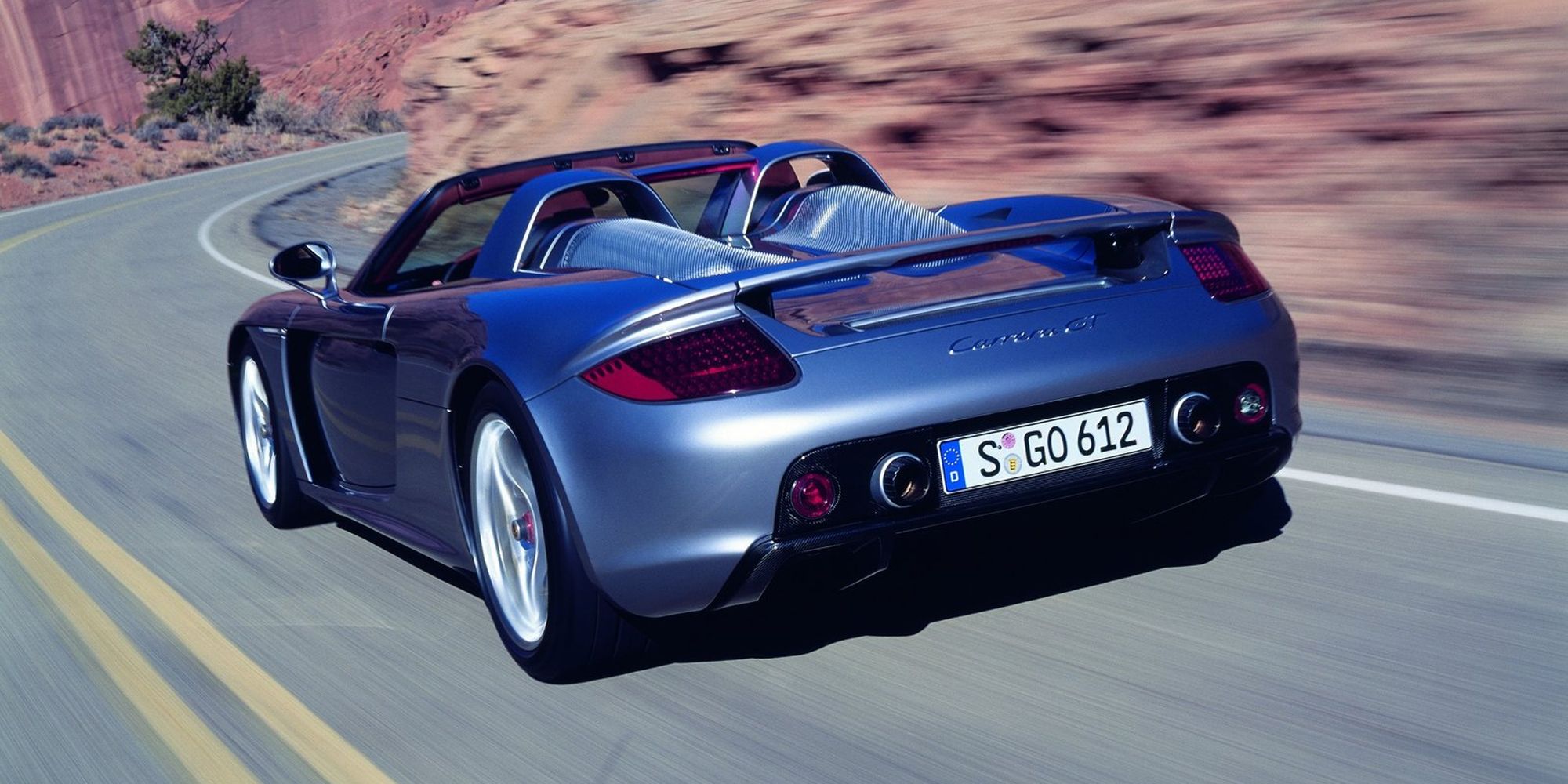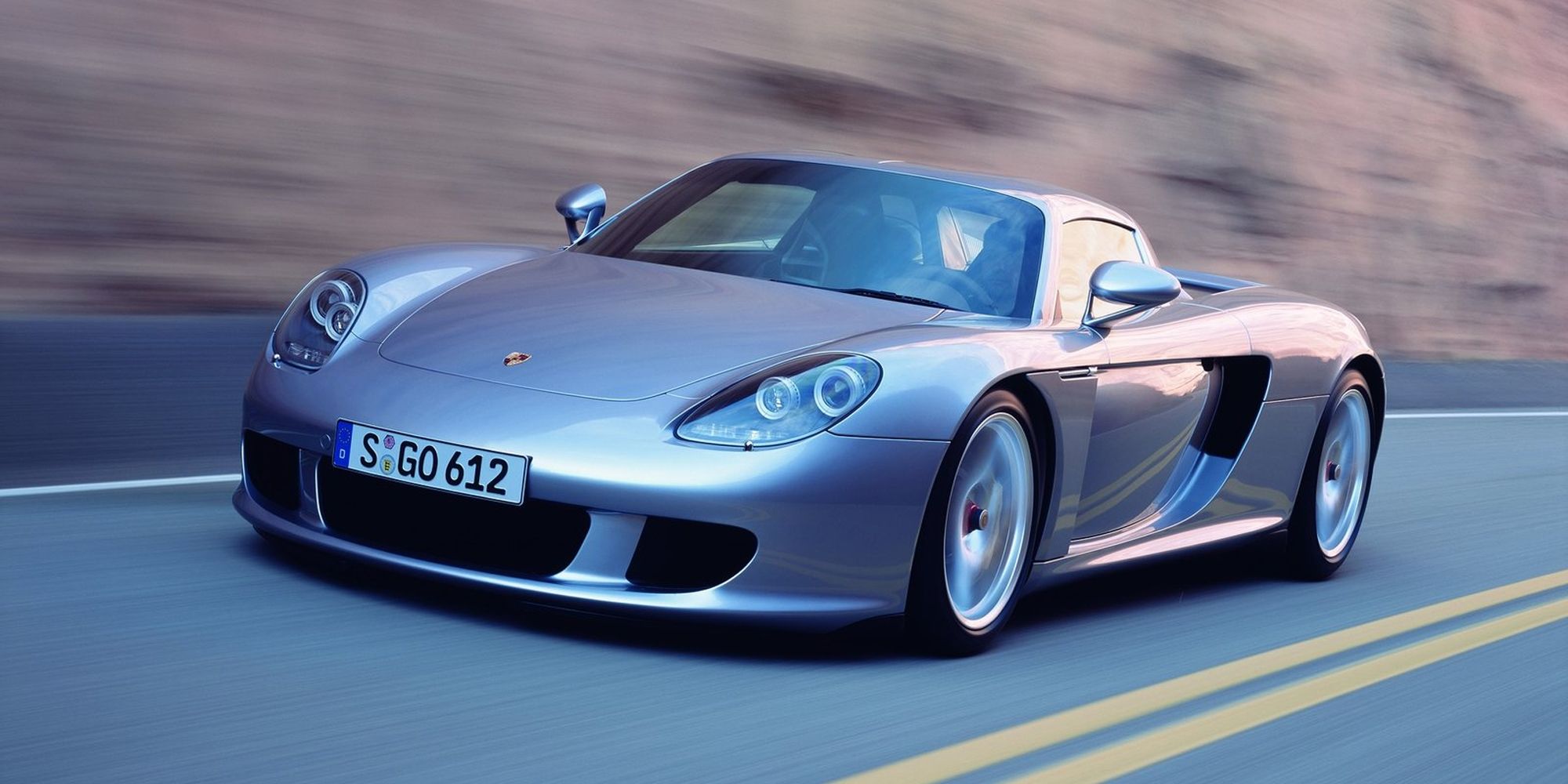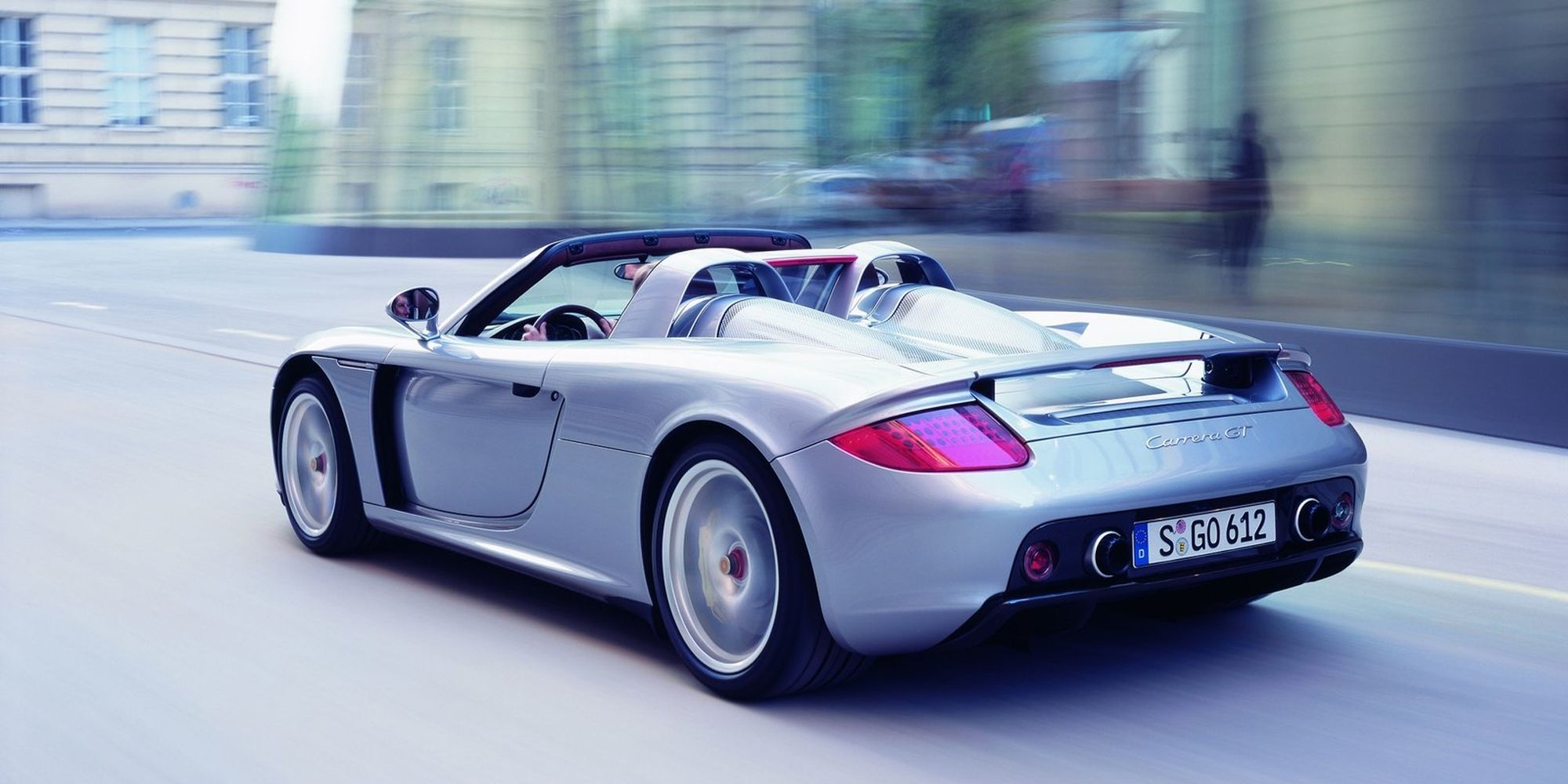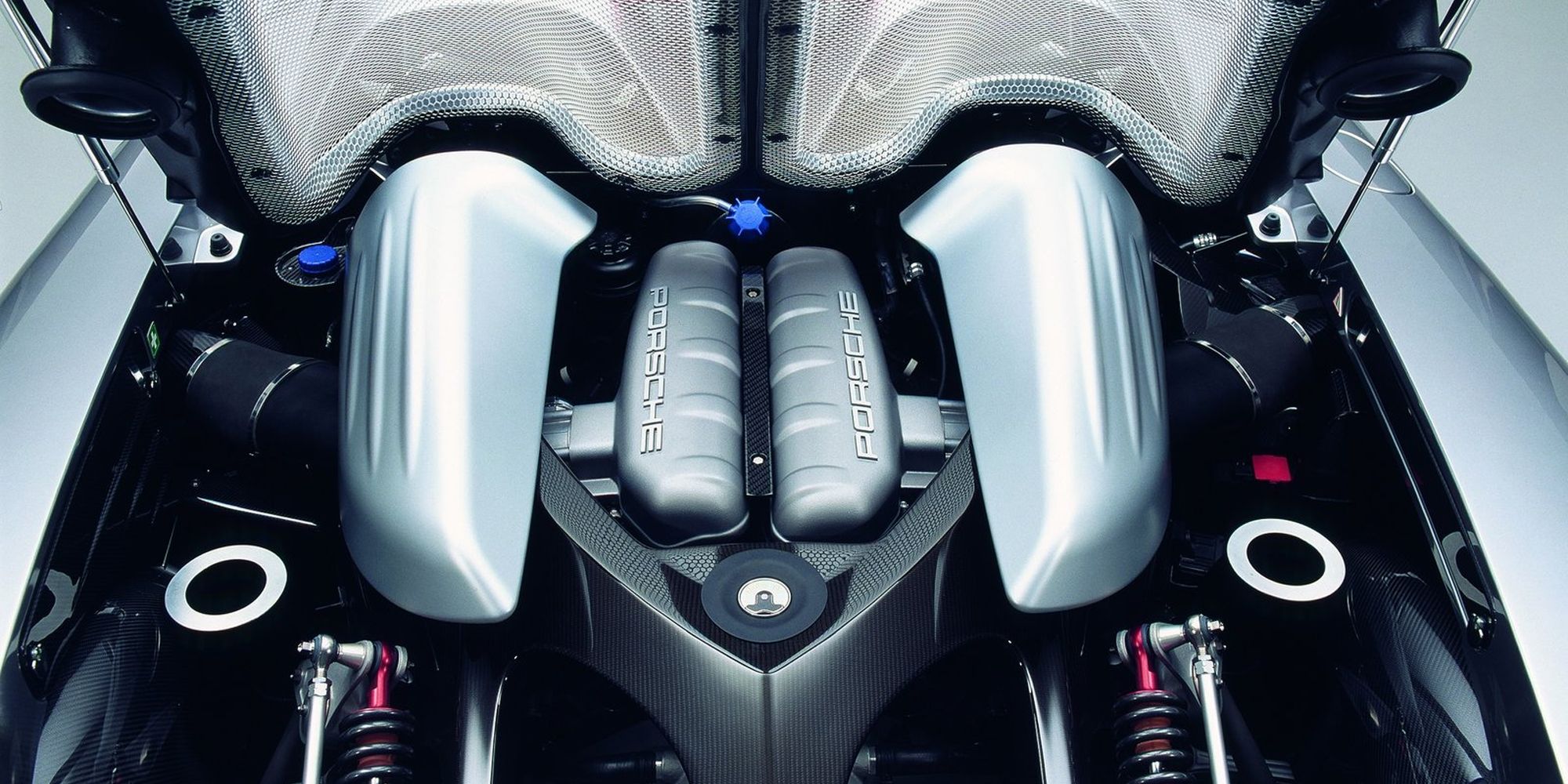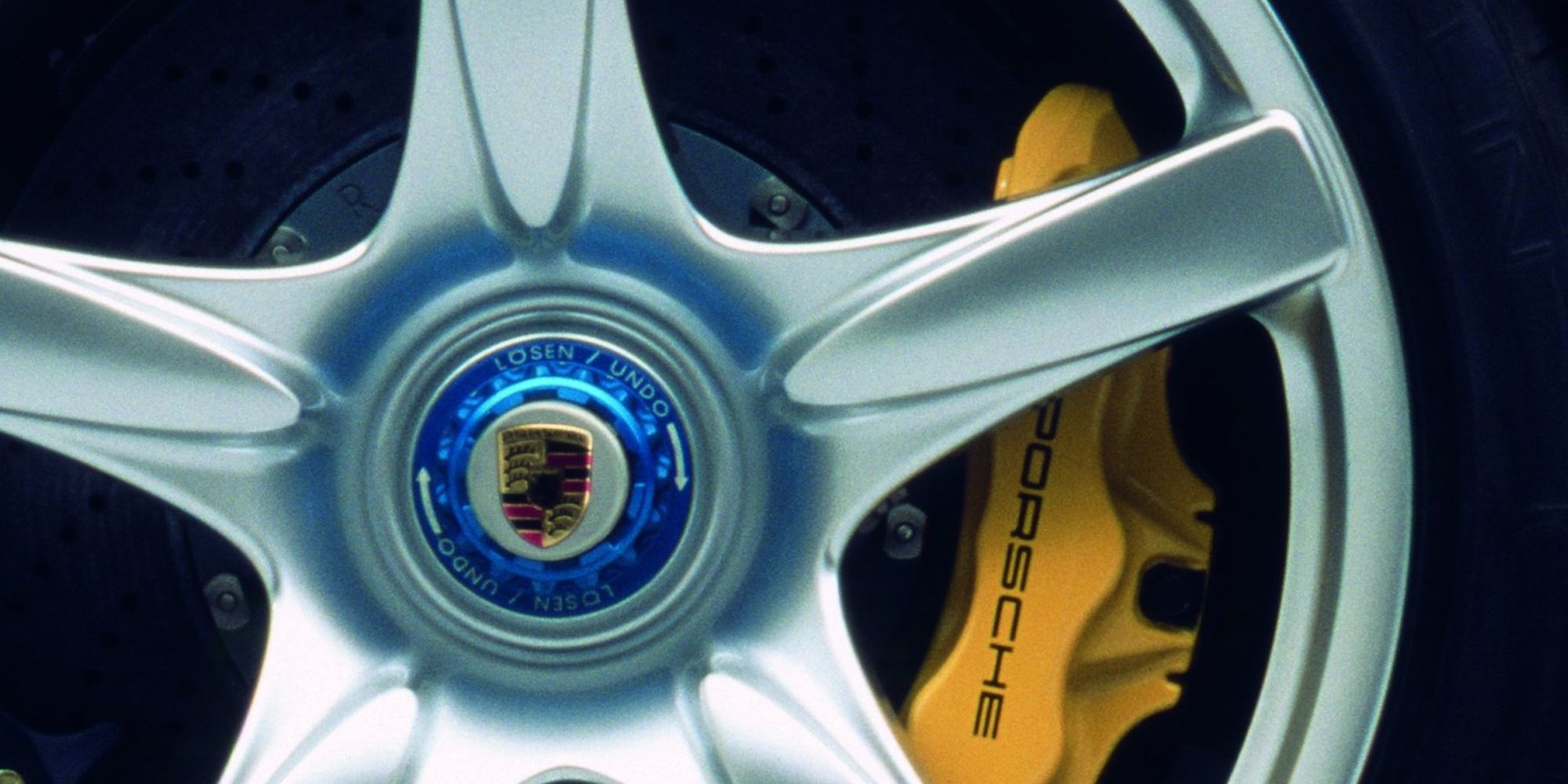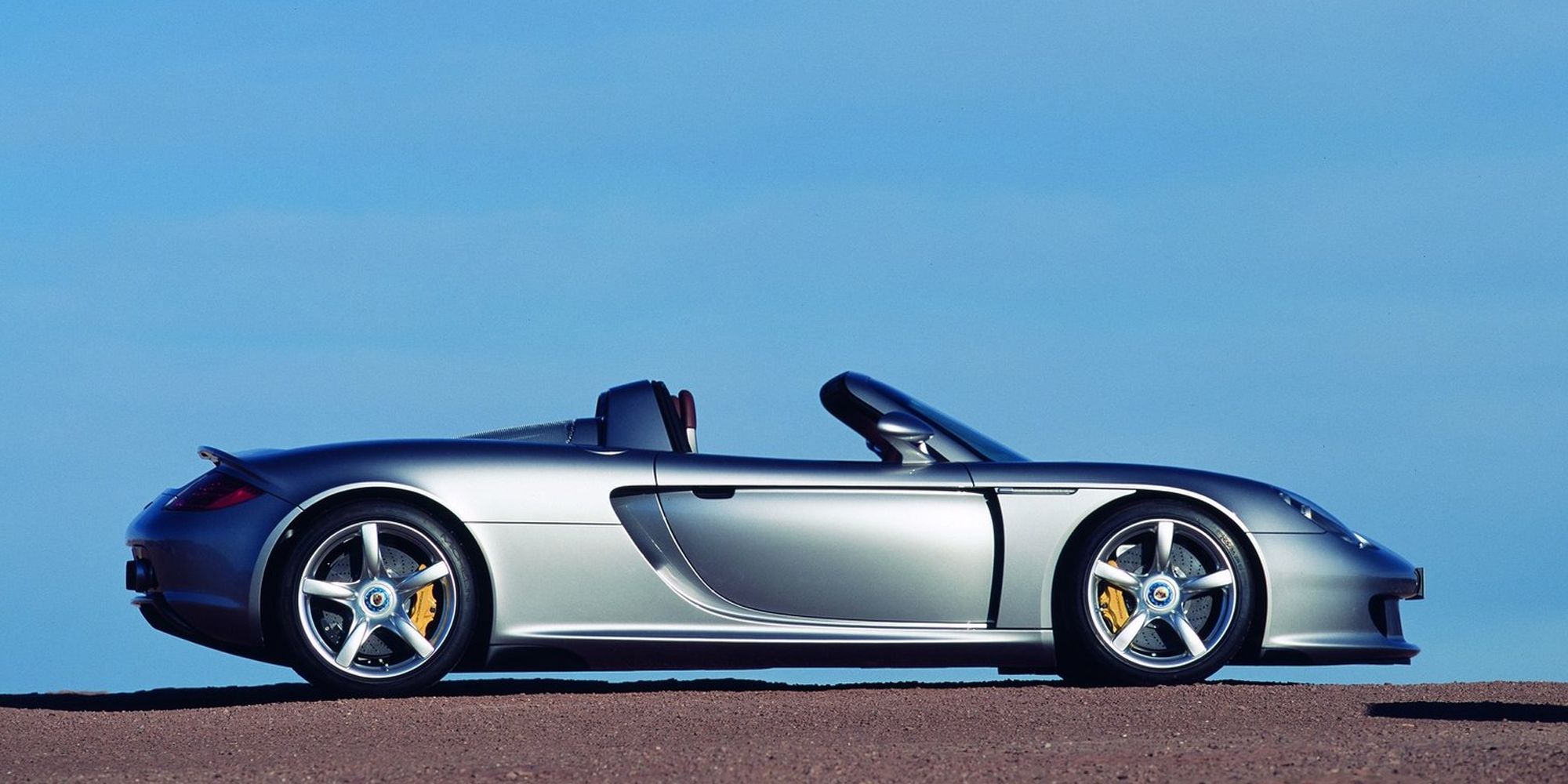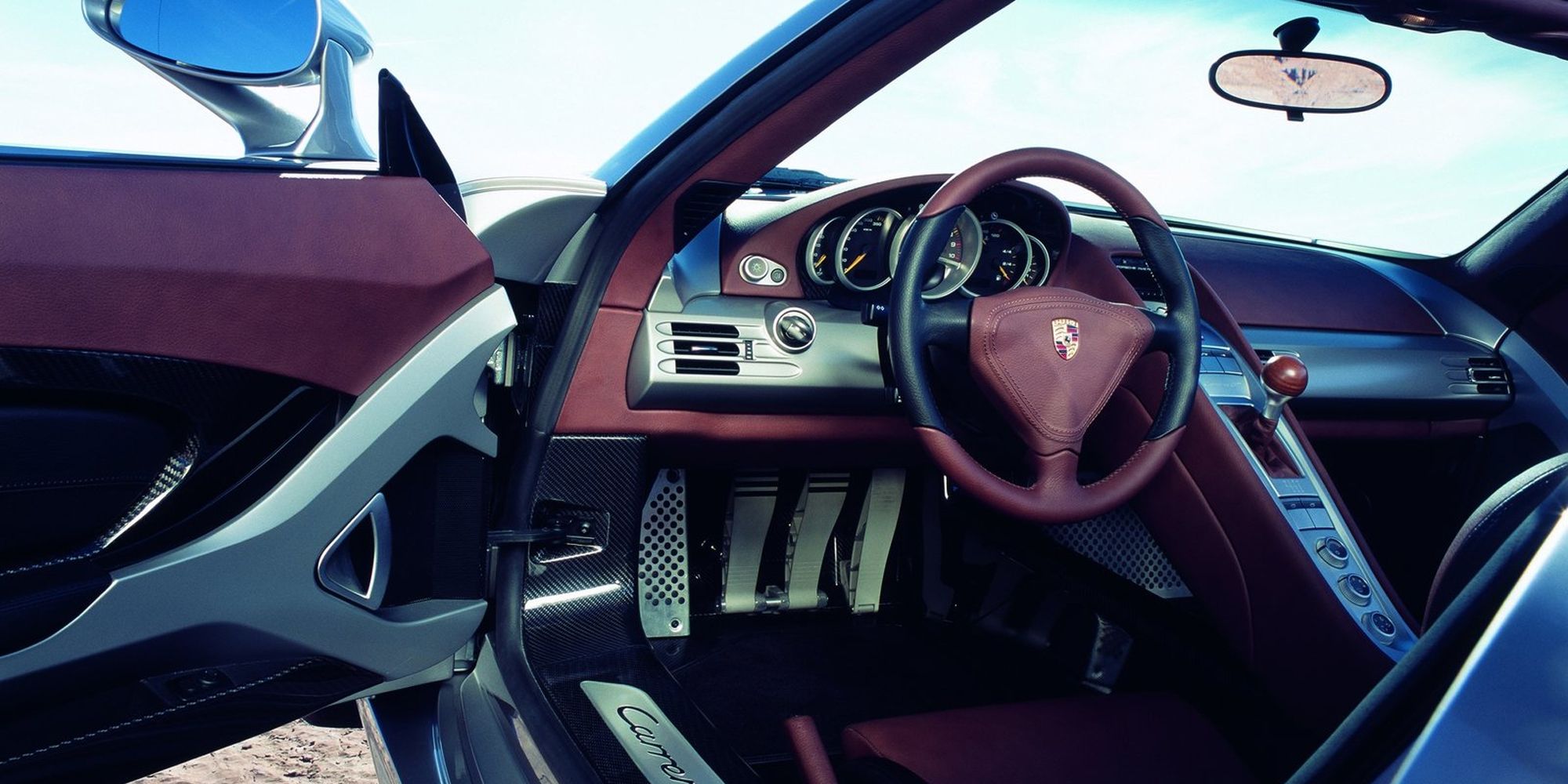There are very few cars that can incite a level of satisfaction like Porsche. Because their cars are inch-perfect in every facet of the idea, it’s very hard to be unsatisfied whilst owning one. Everybody knows how the 911 gave the German marque its big break. Through its various generations, the Porsche 911 has given the brand enough recognition and revenue over the course of its existence. Much like Ferrari, Porsche became something of prestige that caters to the well-heeled.
Ferdinand Porsche was an avid motorsport enthusiast and took the name to the tracks. Their entry wasn’t a rookie attempt. The success in the world of motorsports has trickled down to road cars as well. Today, however, the GT division takes care of the duties on track and specialty cars homologated for road use. One such car that was sort of a halo project was the Carrera GT. The story of its inception is as fascinating as the car itself. Interestingly, if you didn’t know, the Porsche Cayenne had a role in it!
Waffle aside, it’s been 20 years since the Carrera GT was shown to the public. With the industry moving towards sustainable energy, it’s very sure that cars like the Carrera GT will never be remade.
Porsche Carrera GT: The Inception
If you weren’t aware, the Carrera GT was never intended to be a road car. The Carrera GT’s story starts with the FIA changing the rules of GT1 and LMP1 cars. Porsche had a prototype almost in the final stages and thanks to the FIA flipping the UNO reverse card, they had to get back to the drawing boards. With the existing designs scrapped, Porsche had a new prototype for Le Mans in the books and decided to house a V10 inside it. Before this, Porsche along with the Footwork Formula One team was secretly developing a new engine to go racing. Because of certain unforeseen circumstances, the precision-engineered F1 motor had to be chucked away.
Since the revised rules made them rework the whole prototype, folks at Porsche decided to shove the F1 motor (a 5.5-liter V10, if you were wondering) inside and get on with it. However, shortly after testing began, VW insisted that Porsche scrap the idea and focus on something less extravagant. The resource-intensive race program was put aside and Porsche now had to focus on making a cash cow. Lo and behold, the Cayenne was brought into the mix.
Porsche being Porsche decided to discreetly work on the “scrapped project” by using the V10 in a concept called the Carrera GT. The concept was shown in the 2000 Paris Motor Show and was well received. A good amount of attention paired with a lot of interest in the product led to Porsche deciding to go ahead with the Carrera GT.
Porsche started the Carrera GT's production run in 2004 with 1,500 projected examples. However, citing a change in airbag regulations in the US, Porsche decided to stop production in 2005 with 1,270 units being manufactured. Out of which 644 found their way to the United States. Also, the Cayenne played a crucial role in the Carrera GT’s fruition as a lot of revenue was generated with the success of Porsche’s SUV allowing for extensive R&D.
Porsche Carrera GT: A Celebrated Sports Car Legend
The Carrera GT was a 2-seater roadster that made a name as one of the gnarliest yet most engaging sports cars of the early 2000s. One of the many reasons for the Carrera GT's iconic status is its use of an extremely boisterous race-inspired 5.7-liter V10 (slightly upsized from the prototype unit). The Porsche Carrera GT manages 605 horsepower and 435 lb-ft of torque. It takes 3.5 seconds for the Porsche Carrera GT to reach 60 MPH and thanks to its dynamics, it was the most engaging of cars.
The Carrera GT was an engineering fiesta. The unit brought along a lot of innovations including dry-sump lubrication, titanium connecting rods, and flexible engine mounts; seldom seen on road cars. The Carrera GT comes with a good ol' six-speed manual. Unlike many of its competitors back in the day, the Porsche employed a proper manual with a traditional clutch (infamous for its tricky 1st gear). Another important aspect that makes the Carrera GT a handful to drive is its lack of driver-assistive tech. There is no stability control on offer and the Carrera GT was a car that demanded every inch of dedication from the driver. If you make a mistake, you’ll likely pay for it, in some cases literally.
Porsche Carrera GT: Values Are Going Up
There was a time when Porsche couldn’t sell all 1,270 examples of the Carrera GT. Much like the 918 Spyder, Porsche discounted a few to get them off dealerships. If you're aware of the markets from 2008 through 2010, there was panic selling and a number of Carrera GTs could’ve been bought dead cheap. However, that’s not the case today as almost every example is selling well over list.
You should note that many of the Carrera GTs are likely to have an accident history. Thanks to its notorious handling, a lot of them were binned and written off. Okay, let’s cut to the chase, if you’re offered a Carrera GT— don’t think twice. It’s simple, for the values are only going up as far as we’re concerned.
Sources: Porsche, Jay Leno, Harry's Garage

